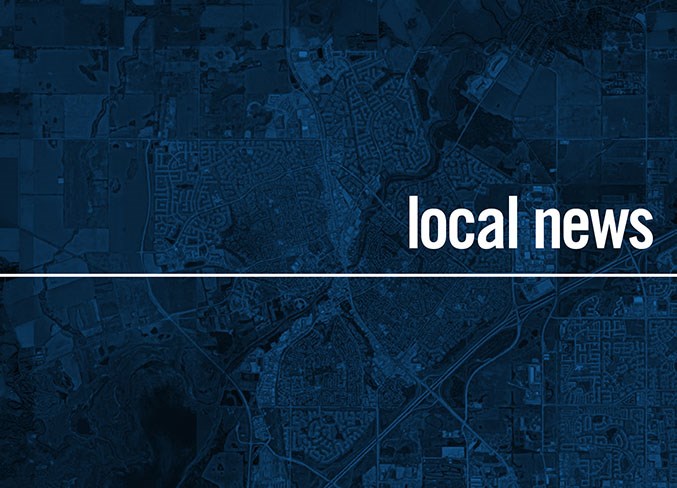St. Albert Mayor Cathy Heron says the city is not using photo radar as a cash cow and is already complying with many of the recommendations in a provincial photo radar review released earlier this week.
A long-awaited report on photo radar from Transportation Minister Brian Mason came out Thursday. Mason said he wants to ensure photo radar programs in the province are being used for safety and not to generate revenue.
Heron said the city already focuses on safety with it comes to automated enforcement.
“We put some of the money that we get from the speed-on-green cameras specifically into safety initiatives,” Heron said.
The city also posts all photo radar locations online on an interactive map, which includes a justification for why the city has chosen that location for automated enforcement.
“I don't think it's going to change a lot immediately, but we will be watching it,” Heron said.
The report reviewed the use of photo radar in 28 municipalities across the province, based on 2016 data, and found St. Albert had the second-highest photo radar revenue outside of the province’s two major cities in that year.
St. Albert generated $4,292,187.76 in 2016. The city was beat only by Edmonton, with $50,796,340.35; Calgary, with $38,097,171.79; and Spruce Grove, with $5,157,458.56.
But Heron said the city’s photo radar revenue decreases every year and the city views that as a positive thing.
“That means to me that people are speeding less. And that's something we celebrate: less revenue,” Heron said.
In the 2019 budget, for example, the city noted a $733,000 decrease in photo radar fines.
The city did its own review of photo radar and released that report last month. It found the 2019 budget is expecting to get roughly $1.6 million from automated enforcement. If that was eliminated, it would have caused property taxes to increase by 1.9 per cent this year as opposed to the current 0.4 per cent approved by council in December.
Mason said municipalities will need to prove their photo radar locations are helping to reduce traffic collisions if they want to continue to run photo radar programs.
“They’re being deployed for revenue purposes in many cases,” Mason said.
Overall, the new rules are to prevent municipalities from using the tool as a cash cow.
“I’m not going to say we’re going to shoot the cash cow, but we’re going to put it down humanely,” Mason said.
Municipalities will have one year to produce statistics that support their locations. If they can’t prove their locations are effective for safety, they will not be able to continue in those locations.
“The ultimate hammer is we can suspend their photo radar program altogether,” Mason said.
St. Albert MLA Marie Renaud said while automated enforcement does have some impact on safety, there are municipalities that do not use it and they still see increases to roadway safety.
The report showed photo radar reduced collisions by a rate of 1.4 per cent and dropped fatal collisions by 5.3 per cent.
Mason said he believes municipalities are not going to be happy with having to produce the data but defended the decision by saying they will have a year to adjust to the new rules. He said the plan isn’t to remove photo radar altogether but just to ensure it is being used it for safety purposes.
As of June 1, municipalities will not be allowed to put photo radar in speed transition zones and will not be able to place radar on multi-lane highways without having traffic data to justify that it makes the roadway safer.
All of the locations of photo radar devices will need to be placed online and updated every month starting on June 1.
The revenue from automated enforcement is divided three ways between the municipality (73 per cent), the province (27 per cent) and Victim Services (15 per cent).




